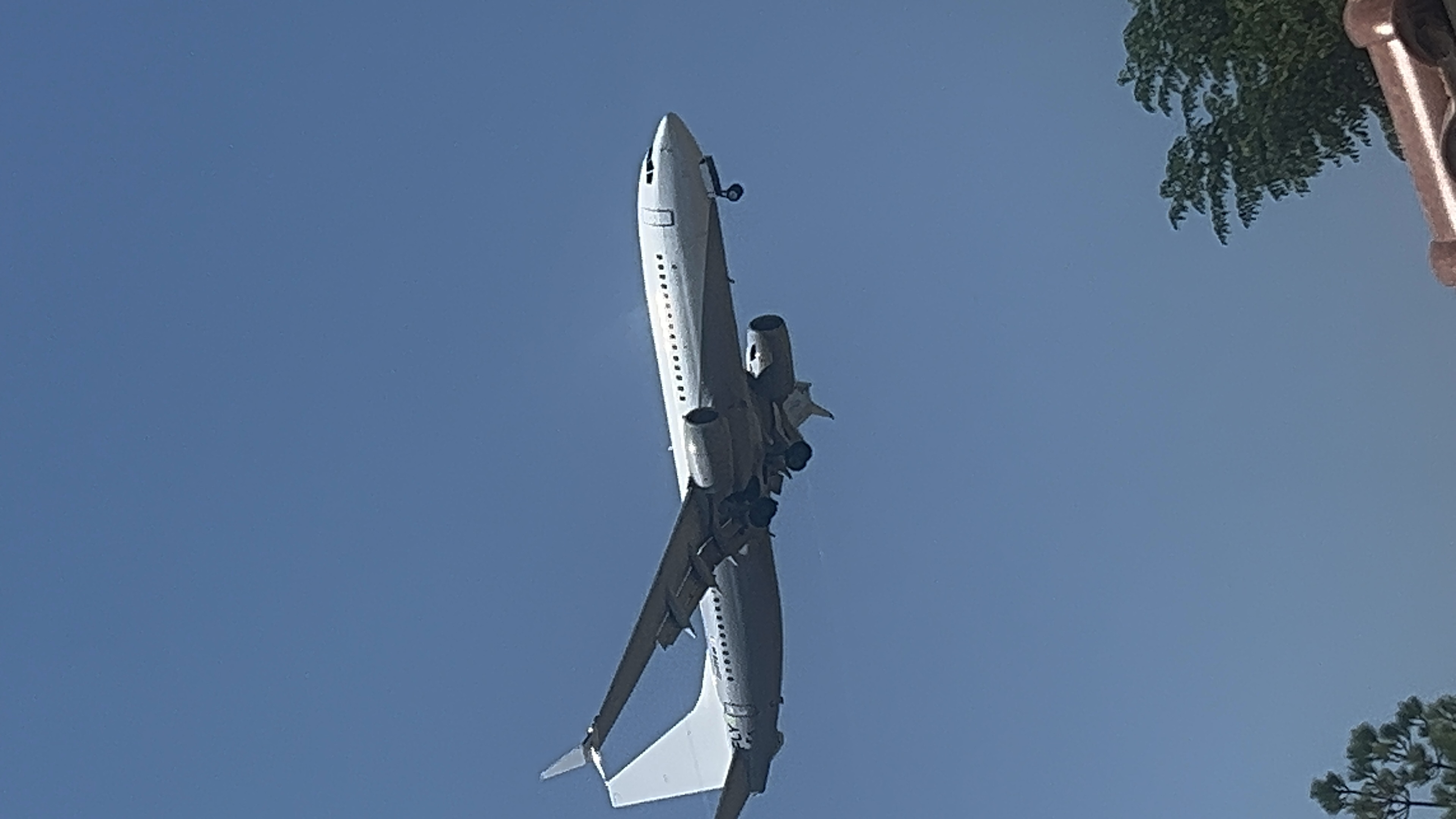Biology Paper 1
Cards (137)
- aerobic respiration: an exothermic reaction in which glucose is broken down using oxygen to produce carbon dioxide and water and release energy for the cells
- anaerobic respiration: an exothermic reaction in which glucose is broken down in the absence of oxygen to produce lactic acid in animals and ethanol and carbon dioxide in plants and yeast. A small amount of energy is transferred for the cells
- exothermic reaction: a reaction that transfers energy to the environment
- glycogencarbohydrate store in animals
- lactic acid: the end product of anaerobic respiration in animal cells
- oxygen debt: the extra oxygen that must be taken into the body after exercise has stopped to complete the aerobic respiration of lactic acid
- MitochondriaOrganelle that is the site of respiration
- Responses to exercise: Heart rate increases, Breathing rate increases, glycogen in muscles is converted to glucose
- endothermic reaction: a reaction that requires a transfer of energy from the environment
- glucosea simple sugar
- limiting factors: limit the rate of a reaction, for example photosynthesis
- photosynthesis: the process by which plants make food using carbon dioxide, water, and light
- Reactants for photosynthesiswater and carbon dioxide
- Products of photosynthesisglucose and oxygen
- ChloroplastSite of photosynthesis
- white blood cells: Blood cells that perform the function of destroying disease-causing microorganisms
- Sperm cells: It has a long tail and a streamlined head to help it swim. There are a lot of mitochondria in the cell to provide the energy needed. It also carries enzymes in its head to digest through the egg cell membrane.
- lightenergy source for photosynthesis
- aorta: the artery that leaves the heart from the left ventricle and carries oxygenated blood to the body
- arteries: blood vessels that carry blood away from the heart. They usually carry oxygenated blood and have a pulse
- atriathe upper chambers of the heart
- capillaries: the smallest blood vessels. They run between individual cells and have a wall that is only one cell thick
- coronary arteries: the blood vessels that supply oxygenated blood to the heart muscle
- double circulatory system: the circulation of blood from the heart to the lungs is separate from the circulation of blood from the heart to the rest of the body
- epidermal: the name given to cells that make up the epidermis or outer layer of an organism
- guard cells: surround the stomata in the leaves of plants and control their opening and closing
- haemoglobin: the red pigment that carries oxygen around the body in the red blood cells
- palisade mesophyll: the upper layer of the mesophyll tissue in plant leaves made up of closely packed cells that contain many chloroplasts for photosynthesis
- phloem: the living transport tissue in plants that carries dissolved food (sugars) around the plant
- plasma: the clear yellow-liquid part of the blood that carries dissolved substances and blood cells around the body
- platelets: fragments of cells in the blood that play a vital role in the clotting mechanism of the blood
- pulmonary artery: the large blood vessel that takes deoxygenated blood from the right ventricle of the heart to the lungs
- pulmonary vein: the large blood vessel that carries oxygenated blood from the lungs back to the left atrium of the heart
- red blood cells: biconcave cells that contain the red pigment haemoglobin and carry oxygen around the body in the blood
- spongy mesophyll: the lower layer of mesophyll tissue in plant leaves that contains some chloroplasts and many large air spaces to give a big surface area for the exchange of gases
- stent: a metal mesh placed in a blocked or partially blocked artery. They are used to open up the blood vessel by the inflation of a tiny balloon
- translocation: the movement of sugars from the leaves to the rest of the plant through the phloem
- transpiration: the loss of water vapour from the leaves of plants through the stomata when they are opened to allow gas exchange for photosynthesis. It involves evaporation from the surface of the cells and diffusion through the stomata
- veins: blood vessels that carry blood away from the heart. They usually carry deoxygenated blood and have valves to prevent the backflow of blood
- vena cava: the large vein that brings deoxygenated blood from the body into the heart
